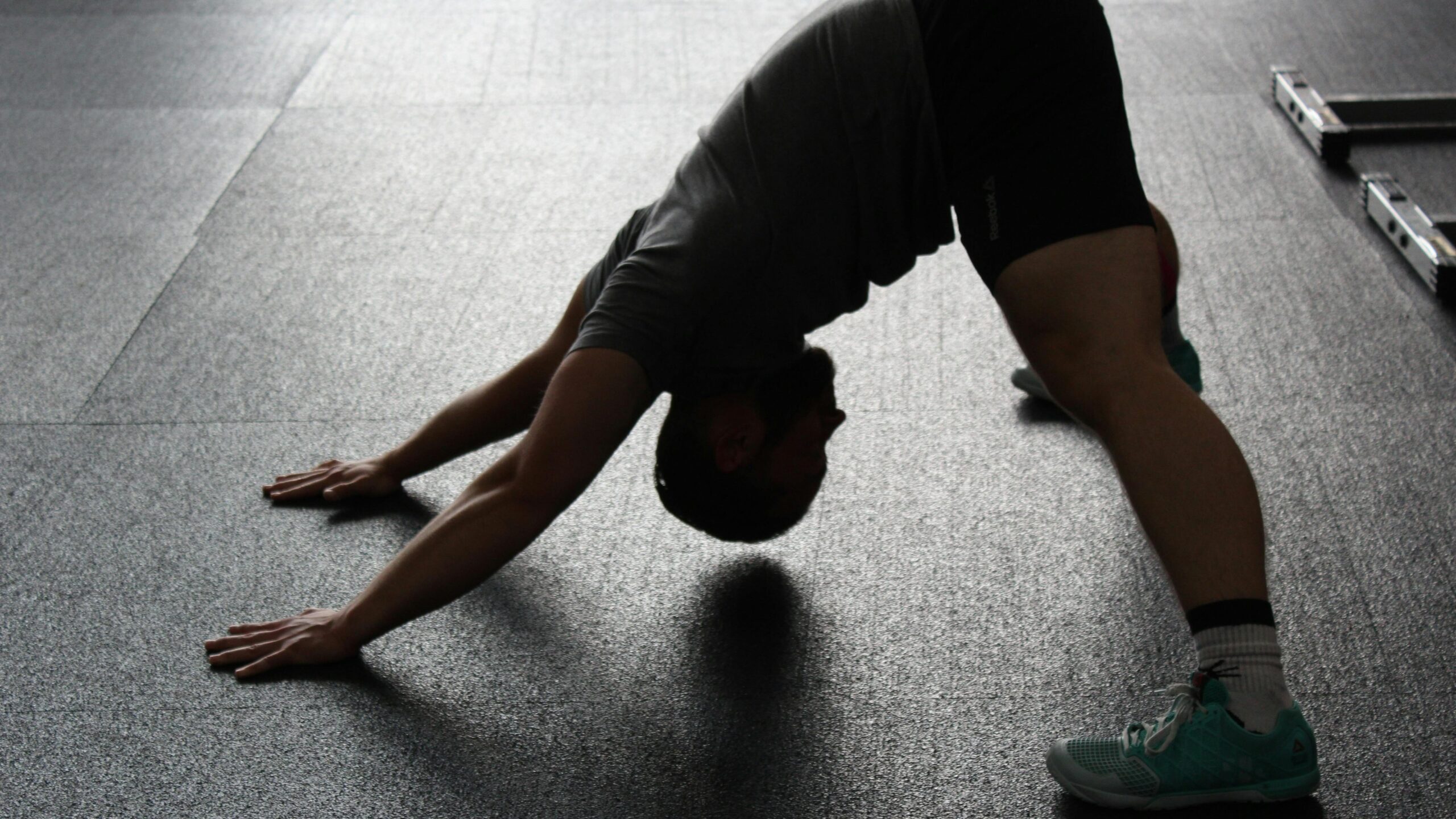
Stretching is often an overlooked aspect of fitness, yet it plays a crucial role in maintaining flexibility, preventing injuries, and enhancing overall performance. Whether you’re a seasoned athlete or just starting your fitness journey, incorporating regular stretching into your routine can provide numerous benefits.
Why Stretching Matters.

- Improves Flexibility
- Prevents Injuries
- Enhances Posture
- Reduces Muscle Soreness
- Relieves Stress
Improves Flexibility: Stretching helps lengthen your muscles, increasing your range of motion and overall flexibility. Improved flexibility can enhance your performance in physical activities and make daily movements easier and more fluid.
Prevents Injuries: Flexible muscles are less likely to become injured. Stretching helps prepare your muscles for the demands of physical activity, reducing the risk of strains, sprains, and other injuries.
Enhances Posture: Tight muscles can lead to poor posture and imbalances in the body. Regular stretching can help correct these issues by loosening tight areas, such as the shoulders, neck, and lower back, promoting better alignment and posture.
Reduces Muscle Soreness: Stretching after exercise can help reduce muscle soreness by promoting blood flow and the delivery of nutrients to the muscles, aiding in recovery.
Relieves Stress: Stretching can also be a relaxing activity that helps relieve stress and tension. Taking time to stretch can calm your mind and body, enhancing your overall well-being.
Types of Stretching.
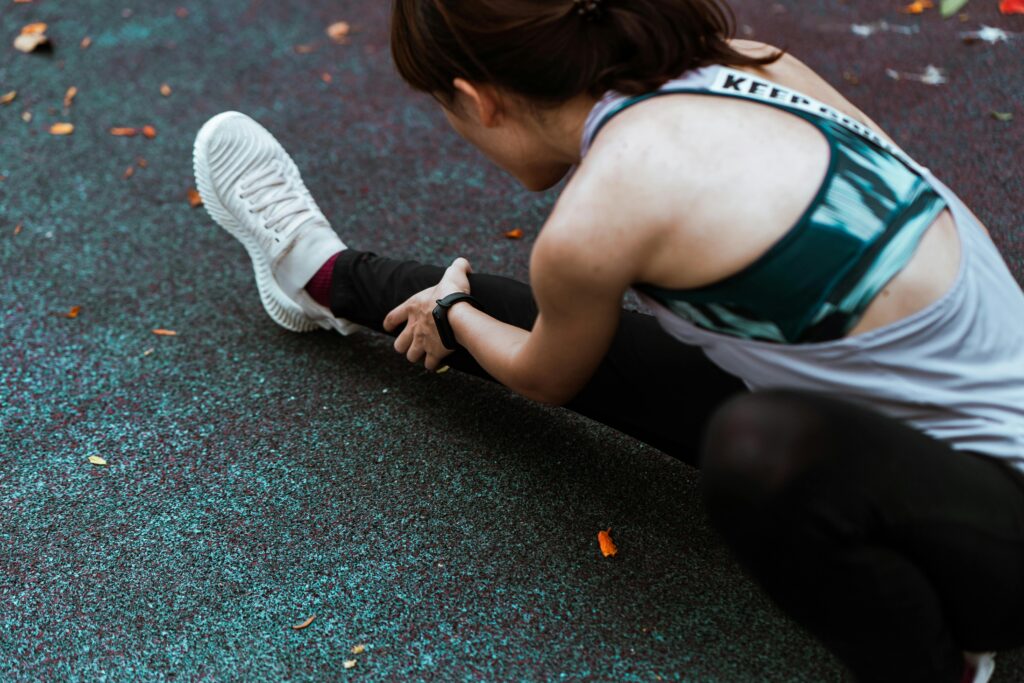
- Static Stretching
- Dynamic Stretching
- PNF Stretching (Proprioceptive Neuromuscular Facilitation)
- Ballistic Stretching
Static Stretching: Involves holding a stretch for 15-60 seconds. It’s best done after your workout when your muscles are warm and more pliable.
- Example: Hamstring stretch – Sit on the ground with one leg extended and the other bent. Reach for your toes on the extended leg and hold.
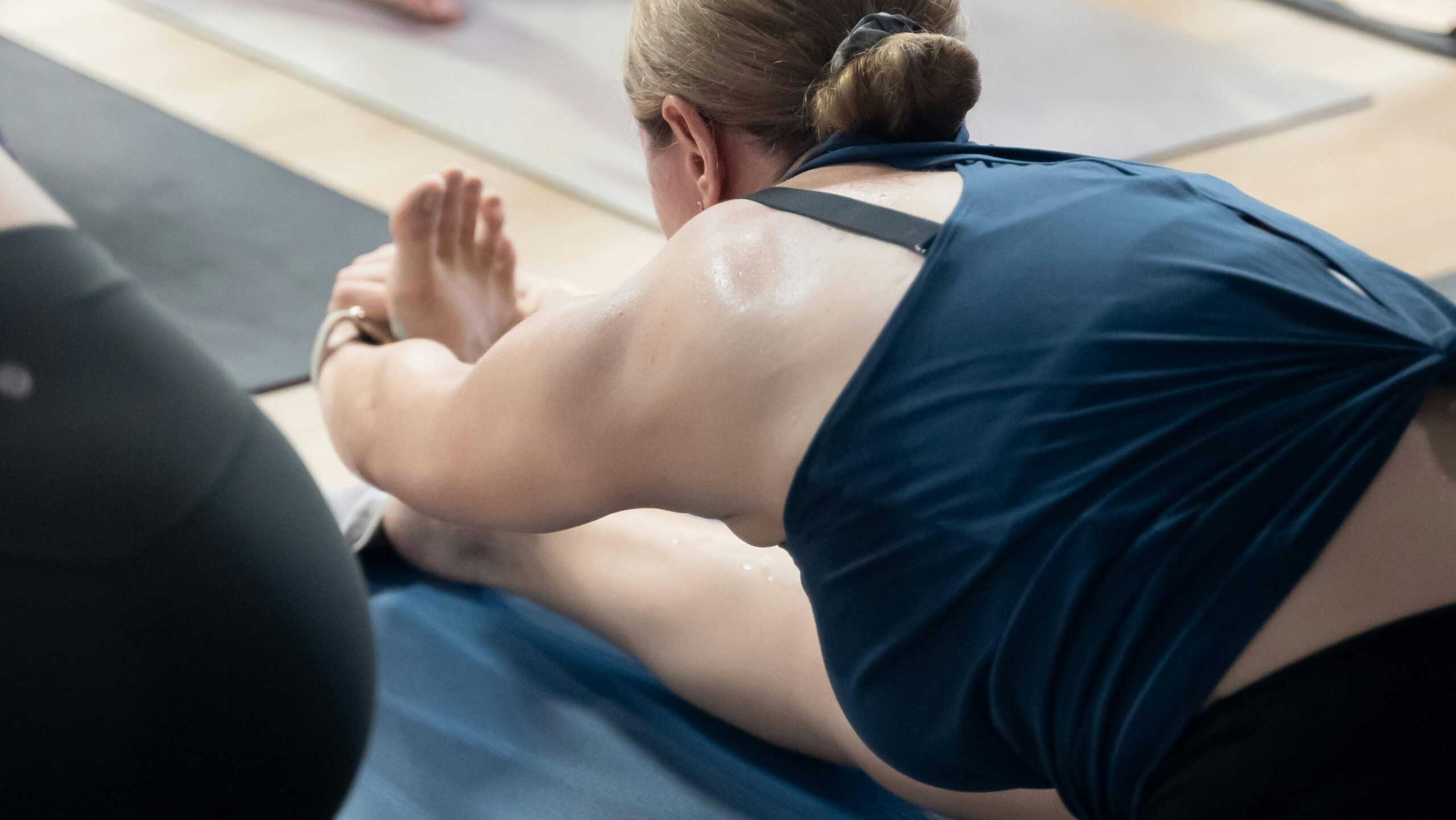
Dynamic Stretching: Involves moving parts of your body through a full range of motion. It’s ideal for warming up before exercise.
- Example: Leg swings – Stand on one leg and swing the other leg forward and backward in a controlled manner.
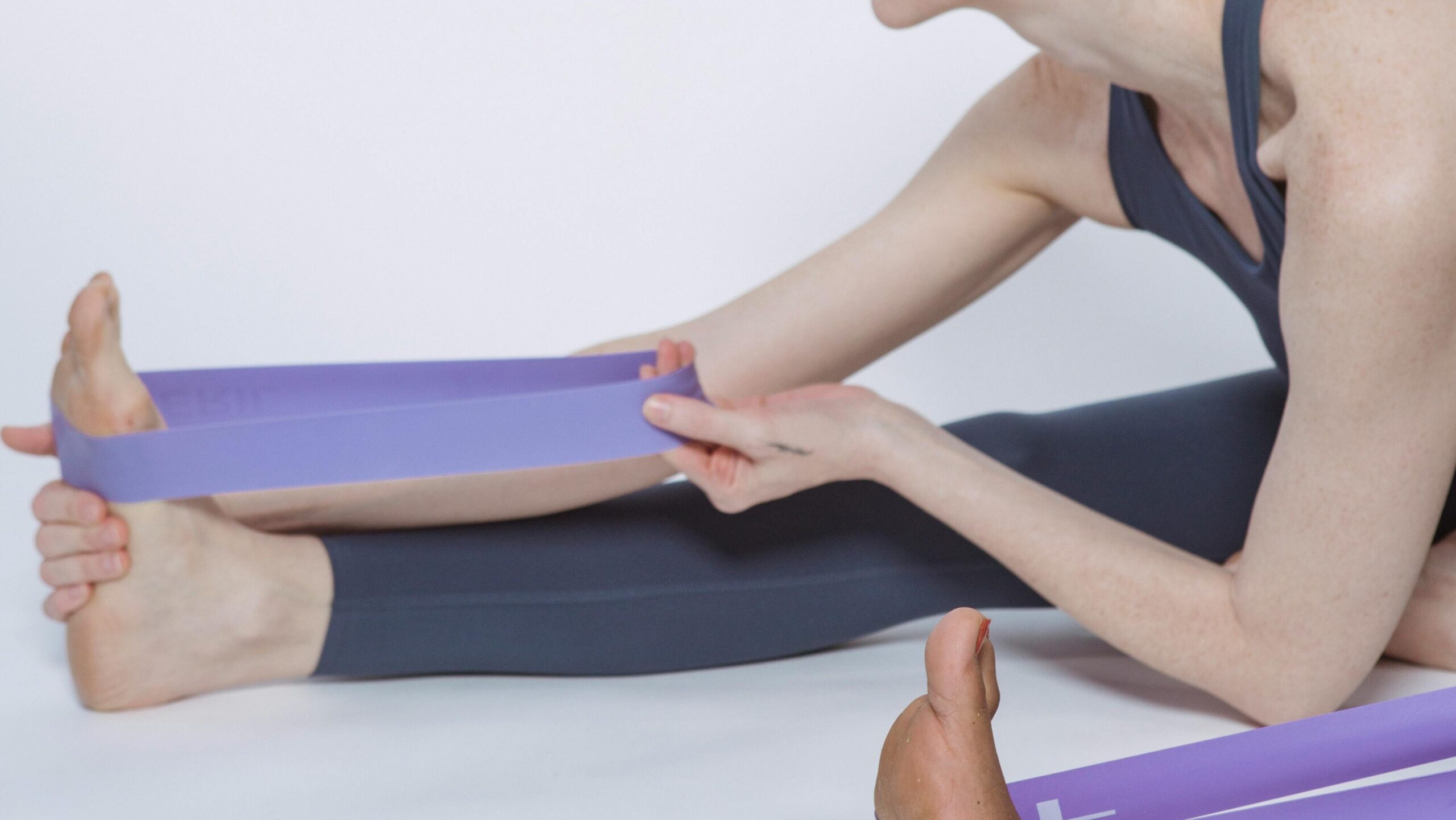
PNF Stretching (Proprioceptive Neuromuscular Facilitation): Involves stretching a muscle, contracting it isometrically against resistance, and then stretching it again. Often done with a partner or using a strap.
- Example: Hamstring stretch with a partner – Lie on your back with one leg extended. Your partner holds your leg up and provides resistance as you push against it, then relax and stretch further.
Ballistic Stretching: Involves bouncing movements to push your body beyond its usual range of motion. This type is generally not recommended due to the risk of injury.
How to Incorporate Stretching into Your Routine.
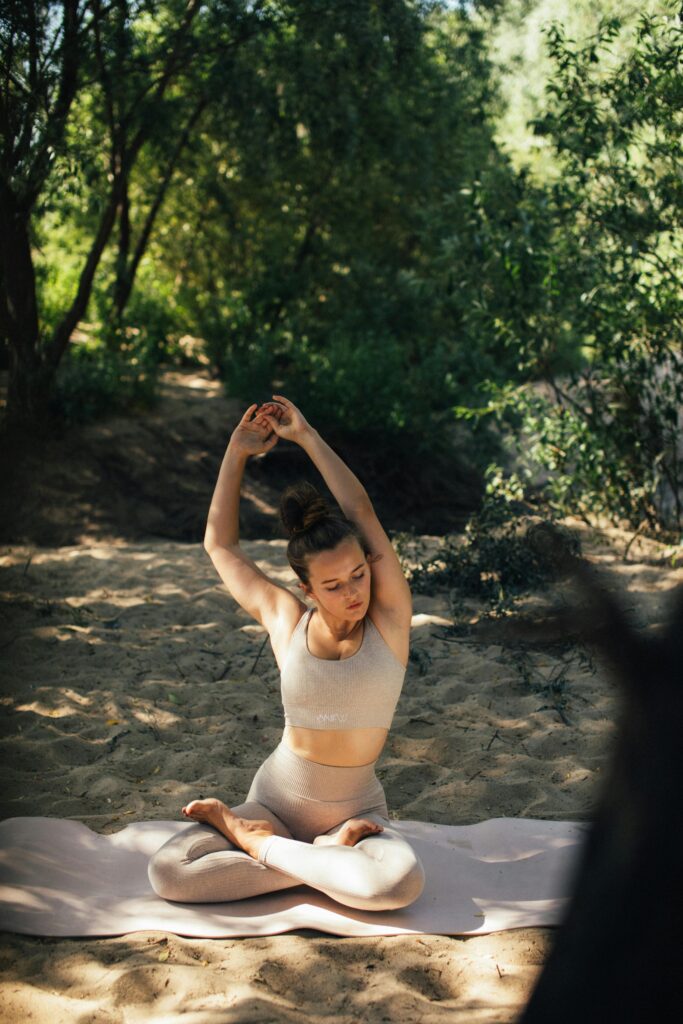
- Warm-Up First.
- Stretch Regularly.
- Focus on Major Muscle Groups.
- Hold Stretches Properly.
- Breathe Deeply.
Warm-Up First: Always start with a light warm-up, such as walking or jogging, to increase blood flow to your muscles and prepare them for stretching.
Stretch Regularly: Aim to stretch at least 2-3 times a week, if not daily. Consistency is key to improving flexibility and reaping the benefits of stretching.
Focus on Major Muscle Groups: Pay attention to the major muscle groups used in your activities, such as the calves, thighs, hips, lower back, neck, and shoulders.
Hold Stretches Properly: For static stretches, hold each stretch for 15-60 seconds without bouncing. You should feel a gentle pull, not pain.
Breathe Deeply: Focus on deep breathing while stretching to help your muscles relax and increase the effectiveness of the stretch.
Sample Stretching Routine.
| Dynamic | Repetition | Static Stretches | Repetition |
| Leg Swings | 10 swings per leg | Hamstring Stretch | Hold for 30 seconds per leg |
| Arm Circles | 10 circles forward and 10 backward | Shoulder Stretch | Hold for 30 seconds per arm |
| Torso Twists | 10 twists per side | Quad Stretch | Hold for 30 seconds per leg |
Tips for Effective Stretching.
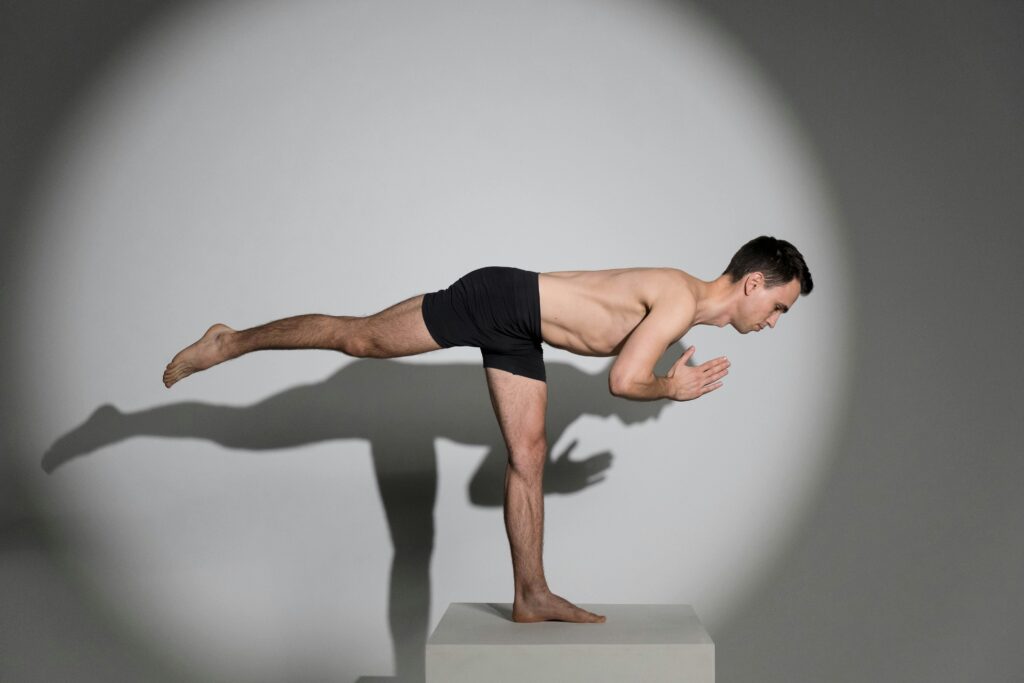
Be Consistent: Make stretching a regular part of your routine for the best results.
Listen to Your Body: Never force a stretch. Stretching should feel good and never painful.
Combine with Other Recovery Techniques: Incorporate other recovery methods like foam rolling, massage, and proper hydration to enhance your flexibility and overall recovery.
Conclusion.
Stretching is a simple yet powerful tool to improve flexibility, prevent injuries, and enhance overall well-being. By dedicating just a few minutes each day to stretching, you can enjoy better performance, reduced muscle soreness, and a greater sense of relaxation. Embrace stretching as an essential component of your fitness routine and experience the myriad benefits it offers.
Leave a Reply